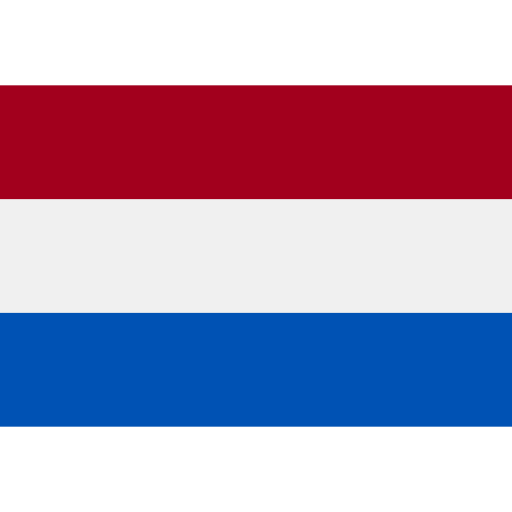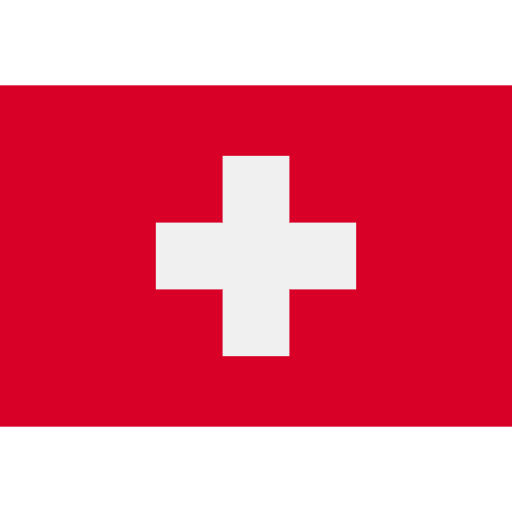CKD-associated pruritus can have serious consequences. CKD-aP is associated with an increased mortality rate in haemodialysis patients and can also increase healthcare resource utilisation.1–3
An analysis of 18,801 haemodialysis patients from DOPPS found those with moderate to severe (moderately-extremely bothered by itching) CKD-aP were more likely to feel drained and experience sleep disruption (vs. mild/no CKD-aP, P<0.0001).4
Watch this video to hear from a leading expert about the underlying consequences of CKD-aP (NL-NA-2200033).
Dr Kieran McCafferty
Dr Kieran McCafferty is a Consultant Nephrologist and Renal Clinical Trial Lead at Barts Health NHS Trust and Senior Lecturer at Queen Mary University London. He is also the Deputy UK NIHR nephrology and Renal Network Lead for the North Thames.
Dr McCafferty’s research interests include haemodialysis, diabetic kidney disease and uraemic cardiovascular disease, however his work focuses on the development and delivery of nephrology clinical trials locally and nationally.
Healthcare resource utilisation
CKD-aP can increase hospitalisation amongst patients undergoing haemodialysis for a number of different reasons. In the DOPPS study, all-cause, cardiovascular-related and infection-related hospitalisation was ~20% more likely in patients suffering with very severe (extremely bothered by itching) CKD-aP vs. those not bothered by itching.3*
To assess the impact of CKD-aP on resource utilisation in hospitals, Ramakrishnan K, et al. conducted a detailed retrospective analysis of 38,315 haemodialysis patients. Compared to patients not suffering from itching, patients with very severe (extremely bothered by itching) CKD-aP were reported more likely to use more medication and suffer from increased infections:2^
Missed dialysis sessions
CKD-aP can also contribute to an increased strain on healthcare resources. Ramakrishnan K, et al. reported that 1,991 patients with very severe (extremely bothered by itching) CKD-aP missed on average 2.6 more dialysis sessions per year compared to patients with no itchiness.2 Furthermore, patients in DOPPS with mild to severe (somewhat-very much bothered by itching) CKD-aP were around 20% more likely to miss 2 or more dialysis sessions over 4 months than those not bothered by itching.3§
*The precision of this estimate was limited by the low number of events. Number of patients n = 7,665 not al all, n=1,621 extremely bothered, p-valued or CI not reported.3
^Number of participants not at all bothered n=15,319, extremely bothered n=1,991.
¥Mean monthly dose, P-value for analysis used accross itchiness scores, scores over 6 month follow-up period.
§As with the association between extreme pruritus and withdrawal from dialysis, the association between itching and missing dialysis sessions may be related to the contribution of pruritus to overall symptom burden, which is significant among patients receiving dialysis.
- Narita I, ALchi B, Omori K, et al. Etiology and prognostic significance of severe uremic pruritus in chronic hemodialysis patients. Kidney Int. (2006);69(9):1626-1632.
- Ramakrishnan K, Bond TC, Claxton A, et al. Clinical characteristics and outcomes of end-stage renal disease patients with self reported pruritus symptoms. Int J Nephrol Renovasc Dis. (2013);7:7-12.
- Sukul N, Karaboyas A, Csomor P, et al. Self-reported pruritus and clinical, dialysis-related, and patient-reported outcomes in hemodialysis patietns. Kidney Medicine. (2020);3(1):42-53.e1.
- Pisoni R, Wikstrom B, Elder S, et al. Pruritus in haemodialysis patients: international results from the Dialysis Outcomes and Practice Patterns Study (DOPPS). (2006);21:3795-3505.



























